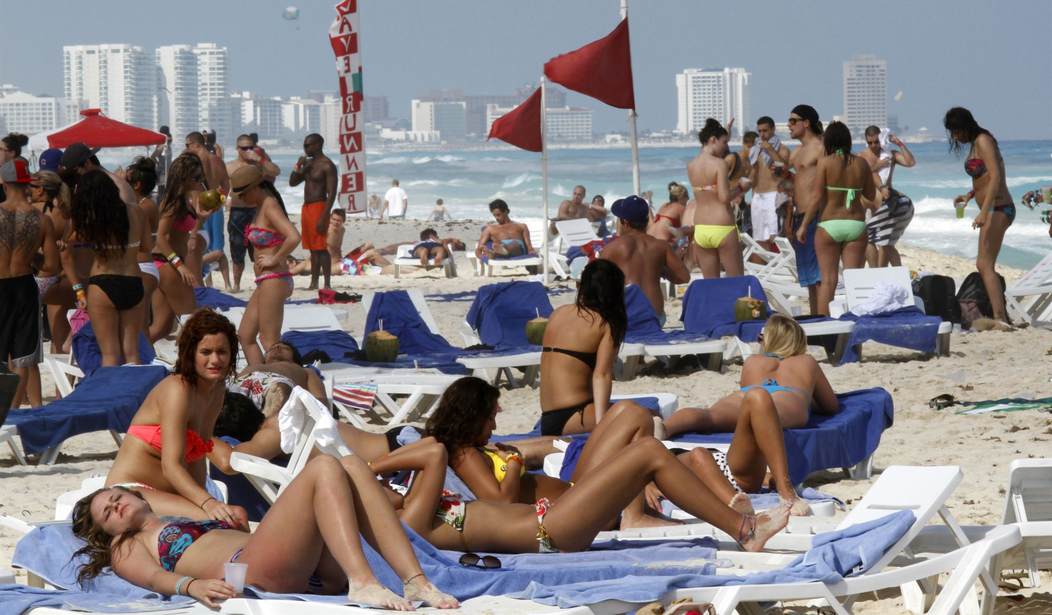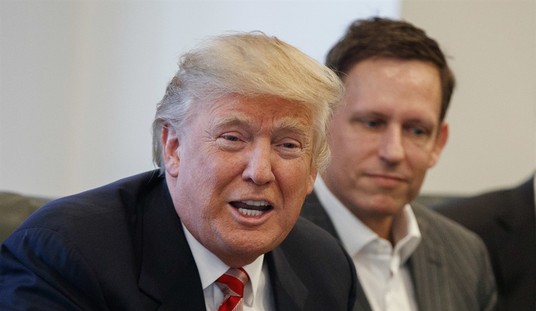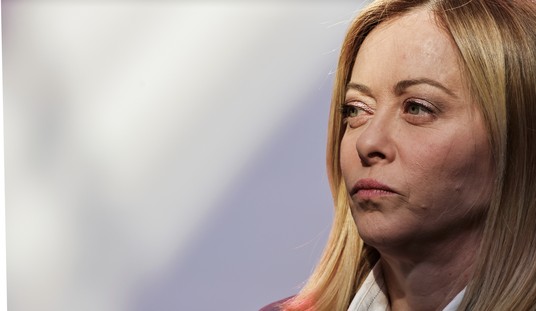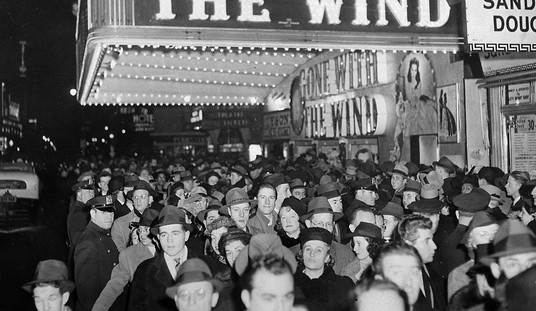In a dissent to a libel case, tossed because it failed to stand up to the “actual malice” standard established under the 1964 Supreme Court case New York Times v. Sullivan, Washington, DC, Senior Circuit Judge Laurence Silberman urged the court to reexamine and possibly overturn that case, stating that “conservatives are oppressed by liberal outlets, academia and tech companies that combine to create ‘a frighteningly orthodox media culture.'”
And Silberman took no hostages when he noted where he believed that frightening orthodoxy might lead.
Here's the concluding paragraph about our leftist media's "willingness — if not eagerness" to distort. Wow. pic.twitter.com/csJ2yxkb3c
— Mollie (@MZHemingway) March 20, 2021
Most conservatives enthusiastically nod their heads when questioned whether the broad mainstream press and academia are progressives shills with little tolerance for heterodox thought. But rarely — although it’s increasingly more common — does a member of both of those institutions give us such a ready example as self-described MSNBC analyst and professor at the University of Miami Fernand R. Amandi did Monday on Twitter.
Amandi is clearly in camp progressive on the issue of masking and a continuation of COVID lockdown protocols. His tweet might also be a dig at Florida’s policy — driven by its Republican governor — of simply staying open as Spring Break begins in that state.
But Amandi’s razor-sharp rapier was last year’s model, it turns out. And was decidedly duller.
4k RT 10k likes for an image…from 2019.
Good job @twitter @TwitterSupport https://t.co/05K8SEGmM6
— Pradheep J. Shanker (@Neoavatara) March 22, 2021
But that didn’t stop our intrepid superhero whose goal was to shame the Covidiots of the world even if he had to apologize for falling prey to propaganda. Because the propaganda was still true. Or something.
It has come to my attention that the picture in the original tweet is not from this week, but that does not change the fact that Miami Beach has been overrun by thousands of maskless Spring Breakers who are not abiding by the CDC pandemic guidelines as these other photos confirm. pic.twitter.com/FY24UFQJcU
— Fernand R. Amandi (@AmandiOnAir) March 22, 2021
Amandi represents both groups Silberman suggested in his dissent were crafting a world where their progressive narrative is the only acceptable narrative, and he’s just one example from a growing list that doesn’t seem to be shrinking despite devastating legal wins by the likes of Nicholas Sandmann.
This isn’t the first time in recent memory a judge has suggested Sullivan’s standards might not be in the best interest of society. Supreme Court Justice Clarence Thomas offered a similar criticism in 2019.
Thanks to the Sullivan decision, it is indeed hard for public figures to win libel suits. They have to prove that something false was said about them, that it harmed their reputation and that the writer acted with “actual malice.” That last term is misleading, as it has nothing to do with the ordinary meaning of malice in the sense of spite or ill will.
To prove actual malice under the Sullivan decision, a libel plaintiff must show that the writer knew the disputed statement was false or had acted with “reckless disregard.” That second phrase is also a term of art. The Supreme Court has said that it requires proof that the writer entertained serious doubts about the truth of the statement.
Justice Thomas questioned those standards.
“There appears to be little historical evidence suggesting that the New York Times actual-malice rule flows from the original understanding of the First or Fourteenth Amendment,” he wrote.
Calls for a reexamination of Sullivan may lead nowhere but one thing is for certain: if they do spark a serious movement to reexamine libel laws, haphazard accusations using last year’s photos may not be as pervasive as they’ve been up to now.














Join the conversation as a VIP Member